|
Spring is here. The vaccine gives us hope that we can break free from our quarantine caves, and dance in the sunlight. Our lives have changed in many ways over the last year, changes that resulted in the largest drop of carbon emissions reductions of our lifetime, at 7% (source: The Carbon Project, University of East Anglia and University of Exeter). The skies in many American cities are bluer than ever. The question is: can we continue this trend and Restore Our Earth™ – this year’s theme of Earth Day? It all begins with knowing more about the challenges and issues we face, and how normal citizens can push progress in the right direction. Toward that end, I spoke with an expert on the matter, Kathleen Rogers, the President of EARTHDAY.ORG. EARTHDAY.ORG works with 75,000 partner organizations across the planet and has mobilized over a billion people in planet-positive projects since the first Earth Day on April 22, 1970 (51 years ago). Climate anxiety is real. One of the solutions to our personal distress is to cure the problem. Restoring the planet that nourishes and sustains us begins with greater awareness of the issues that have brought us to where we are. Learn more in my conversation with Kathleen Rogers. Natalie Pace: 2020 saw global carbon emissions reductions. How can we make sure these reductions are permanent, while at the same time getting the developing world on board? (China’s carbon emissions were only down 1.7%, while the developed world led with 11-13% reductions.) Kathleen Rogers: While there is a little bit of good news in terms of carbon emissions from industries like transportation and others, we still have countries like China and India going full hog on coal, and building new power plants. The U.S. remains the biggest polluter in the world. The reality is that we are making very little progress toward achieving the goals that were laid out in the Paris Agreement. The world needs to up their ambition on climate change. NP: Additionally, 2020 reductions were pandemic-induced. If we go back to our 2019 way of life, there will be an increase in emissions. So, as we develop a new normal for ourselves, what are the most important things individuals can do to Restore Our Earth™? (Get tips and resources at EARTHDAY.ORG.) KR: Every individual action that you take counts, whether you recycle, take public transportation, or reduce or eliminate meat and dairy. I’d also like to point out that the most important thing we can do is to constantly remind our elected officers – everyone from elected school boards, board of supervisors, city council, our members of congress, state legislators – that we care about this. Do this on a regular basis. Speaking out and speaking up about climate and environmental issues is critical. NP: 2/3rds of Americans believe the government should do more to reduce the impacts of climate change (source: Pew Research). How do we engage all Americans? KR: EARTHDAY.ORG’s target population is what we call Everybody Else, not the Green people, but those people who don’t have the time to listen, don’t want to get involved, have a small footprint, or have different political views. Invest in listening and talking to people who aren’t as engaged as you might be, or as committed or knowledgeable. Make friends. Find common ground. Especially in the current political atmosphere, there is nothing more valuable than finding common ground. NP: Students learn about sustainability and protecting the planet on Earth Day. Some pioneering schools like Ashley Primary School and Damers First School in England are weaving Harmony with nature into their curriculum (based upon H.R.H. The Prince of Wales’ book and principles). How can concerned U.S. parents and citizens get sustainability and conservation curriculum into our local schools? KR: Ask the principal of your school who you should write to. The failure to educate people on climate and environment literacy is a national liability. The jobs of today and tomorrow are dependent upon having a green educated workforce. At the community college level, people can get a two-year degree, and become wind turbine engineers, green builders or eco designers. Non-formal climate education could include a trip to the river to test water quality, to augment what the students are learning in biology or chemistry. NP: The Top 10 Fastest Growing Jobs in the U.S. include wind turbine engineers and solar panel installers (source: BLS.gov). NP: Let’s talk a little more about non-formal curriculum. We’re seeing parents and teachers coming together, using PTA and Booster club funds alongside government grants, to reduce the water and electrical usage of their buildings, and point some of those funds toward outdoor learning gardens. KR: That’s really important. The other thing I’d recommend is to find a community to partner with that is not as wealthy, that doesn’t have the opportunities. We have such a tragic division in our country. Some schools have no heating or air conditioning, bad indoor air quality and cement for a yard. To the extent that we are able, it’s great for kids to learn how to communicate with other kids, whether it is urban versus country or suburban. Whatever you’re doing, try to duplicate it and pay it forward. NP: Let’s discuss EARTHDAY.ORG’s Canopy Project. I read a statistic that EARTHDAY.ORG has planted tens of millions of trees. How have you achieved that? KR: Vegetation gives us the oxygen we breathe. We cannot solve climate change by planting trees, but we can push it way off down the field, if we do. There are huge initiatives worldwide that we’re participating in, hoping to plant close to a trillion trees. How and where we plant them has to be based on science and community. In India, for example, we’re planting fruit trees. Common land is converted to fruit orchards. This is important for water quality because [India] has terrible problems with runoff, pesticides and pollutants. Half the fruit goes to market, and half of the fruit stays in the community. They are protecting their own trees as if they are their children because they mean something to them economically. We check in with the community to make sure that they are with us and will protect what we’ve planted. There are other reasons behind areas we choose, such as biodiversity or water quality. We have a project in Mexico that is heavily focused along the edges of rivers. Pesticides, chemicals and run-off clog the river and kill the fish. We’re doing low-level tree planting in a biosphere preserve, which is already protected. There are really interesting projects where people are shooting seedlings into the ground from an airplane or catapults to promote rapid reforestation. There are good faith efforts to bring back our forests, for the oxygen, for the water quality, for biodiversity and for our health. NP: Which companies are protecting the forests? How can we support them with our consumer and investing dollars? KR: Without naming names, some companies are committed to staying away from old-growth forests. Others are ruthlessly denuding the planet. They give us our toilet paper, books and everything else. If you’re a consumer, it’s difficult to dig deep. There is no ranking on toilet paper to indicate whether it comes from an old-growth forest or not – at least not in most stores, The Rain Forest Alliance certifies timber. Now you can find certified or recycled toilet paper and paper towels, and recycled paper for printers. NP: Let’s discuss pesticides, and how we can better protect bees. KR: We can’t live without pollinators. A giant percentage of our food is a result of pollination. Whether you are talking about a bee or a butterfly, or any other species that is involved in pollinating, we have to be aware of the benefits. The problems are a combination of agribusiness, where they move bee colonies around, and pesticides. Pollinators are not a single food species. They like variety, just like we do. On the chemical side, lots of countries are banning various chemicals that they know weakens the population. We haven’t gotten a grip on this at all in the United States. We have to be active and committed to understanding where our food comes from, and in speaking up about these pesticides and chemicals when the opportunity comes up in your community. We have to take that extra step and understand that without bees, without pollinators, we’re not going to survive. ( Editorial Note: Take EARTHDAY.ORG's Pollinator Pledge. NP: Is there value in choosing organic and making sure that you are not spraying chemicals in your own garden or in your school’s garden, in addition to advocating a ban on chemicals that harm bees and butterflies? KR: Absolutely. We should not be using any chemicals on our lawns. We shouldn’t be using heavy-duty fertilizers either. The love affair that we have with perfect lawns and gardens needs to be over because it is hurting our children and wildlife. The science is clear on how deadly these chemicals are to a baby’s brain development and to our pets. Look for organic fertilizers. NP: Let’s talk about greening the grid. On a nationwide basis, the U.S. electrical grid is still about 60% fossil fuels. California now has 41% of its grid powered with renewables. My home town, Santa Monica, California, is 100% powered by renewable energy. This shows what can happen when people make clean energy a priority. How can we mobilize people in states like Florida, which is over 80% fossil fuels, or Colorado, which is about 70%? KR: The only way to ensure that you are powering your home with renewables is if you live in a place that is powered by solar, wind, biomass or another renewable. That’s hard to find. Davis, California, has remarkable clean energy requirements. Of course, they have a lot of sun, and they have backup. We need to end subsidies for fossil fuels. They do not need it. Why burn something that is filthy, dirty and makes us sick, and leaves a giant, permanent hole? It’s time to switch off. I’m looking forward to the next couple of years to see innovation, not just in where we get our energy, but also in how the national grid is restructured. Energy can be decentralized. I’m hoping that, by opening up the green economy and getting lots of kids engaged, we can solve the energy issues from the community, all the way up to the national and the global. NP: How should we celebrate Earth Day, on April 22nd, this year? KR: Earth Day will just be at the mark when life starts to go back to normal. People are signing up for clean-ups, tree planting, community gardens and more. We have so much pent-up energy! We’re seeing everybody, right, left, center and all over the world. People want to get the heck out of our house and do something. I think we’ll have a huge turnout this year. There are some exciting innovations that are happening, some necessary regulations that need to happen, and many commitments that each one of us can make to protect our planet. Visit EARTHDAY.ORG to join their Earth Day Live digital livestream event on April 22, 2021, and to learn how you can participate in a billion acts of green year-round. Comments are closed.
|
AuthorNatalie Pace is the co-creator of the Earth Gratitude Project and the author of The Power of 8 Billion: It's Up to Us, The ABCs of Money, The ABCs of Money for College, The Gratitude Game and Put Your Money Where Your Heart Is. She is a repeat guest & speaker on national news shows and stages. She has been ranked the No. 1 stock picker, above over 830 A-list pundits, by an independent tracking agency, and has been saving homes and nest eggs since 1999. Archives
July 2024
Categories |
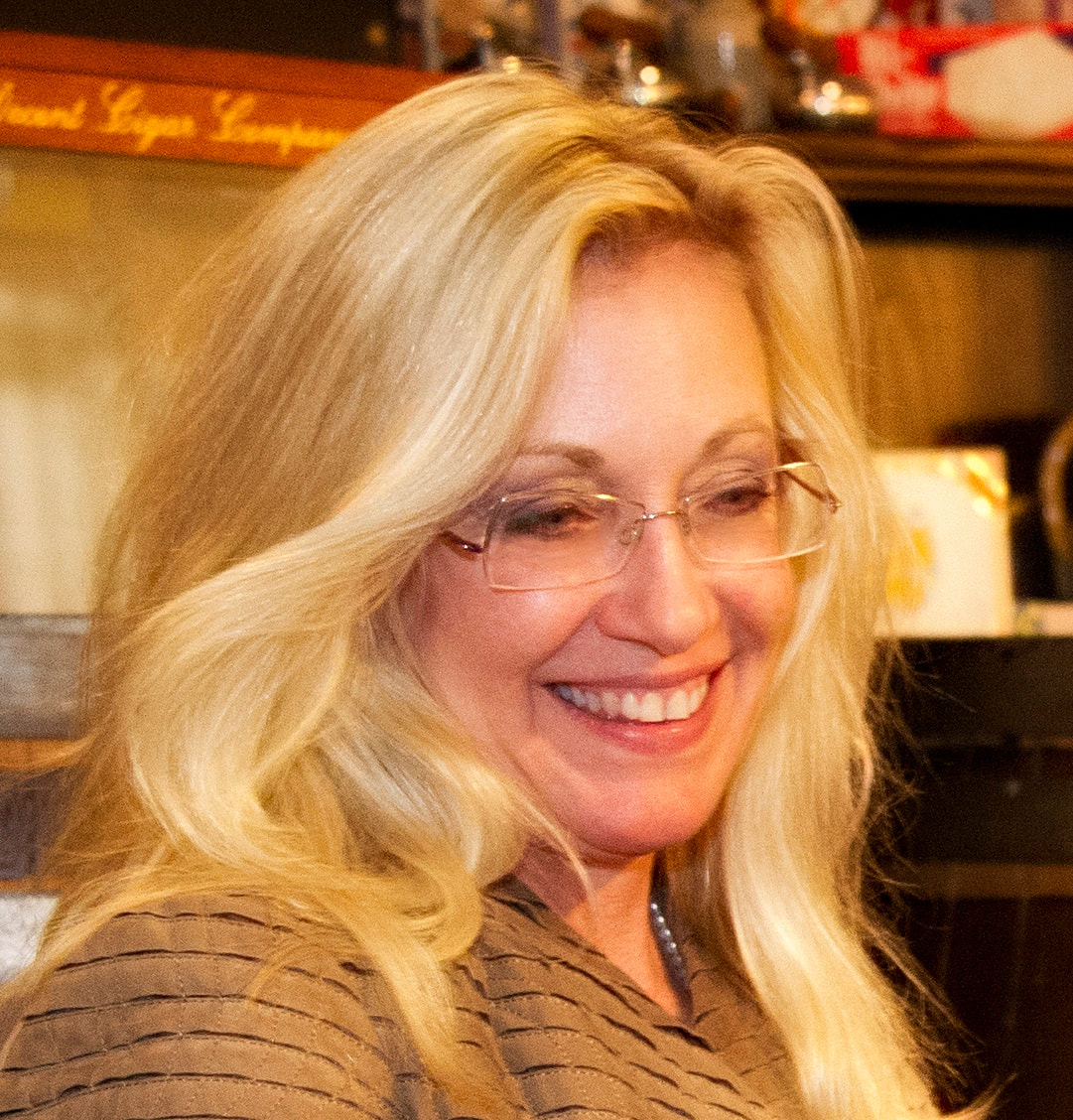
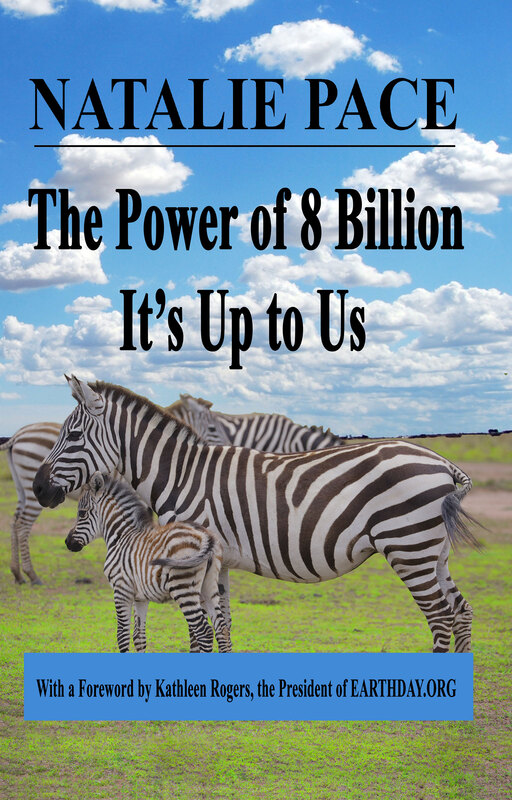
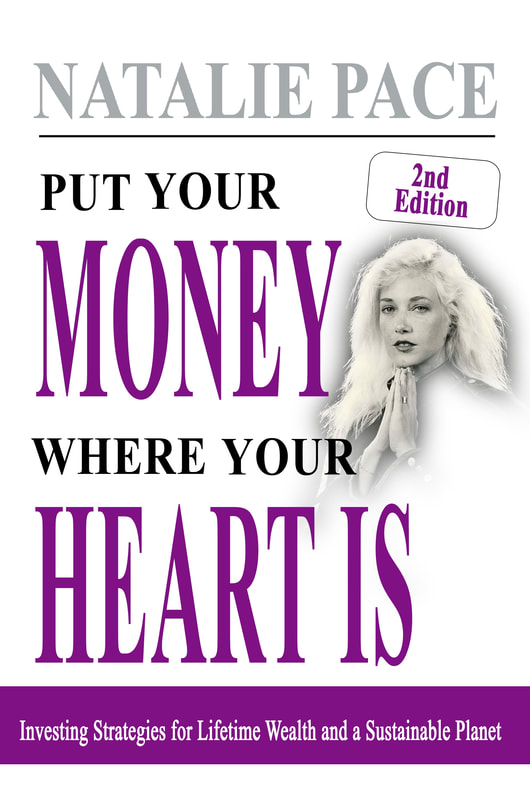
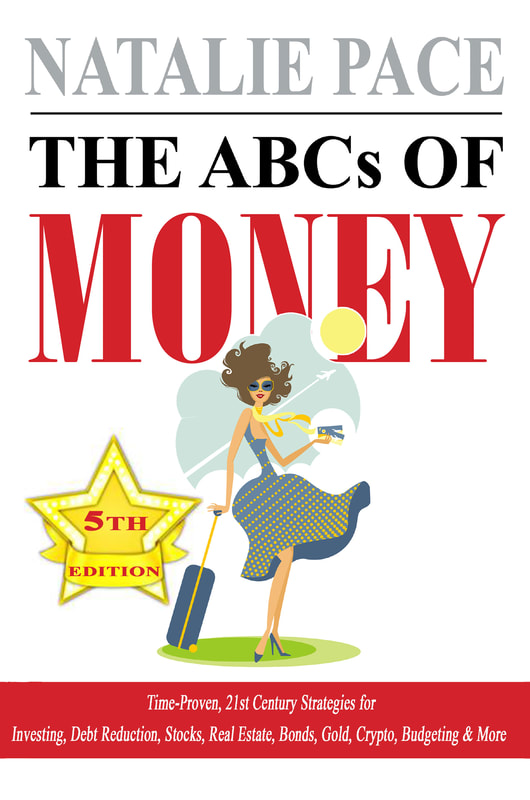

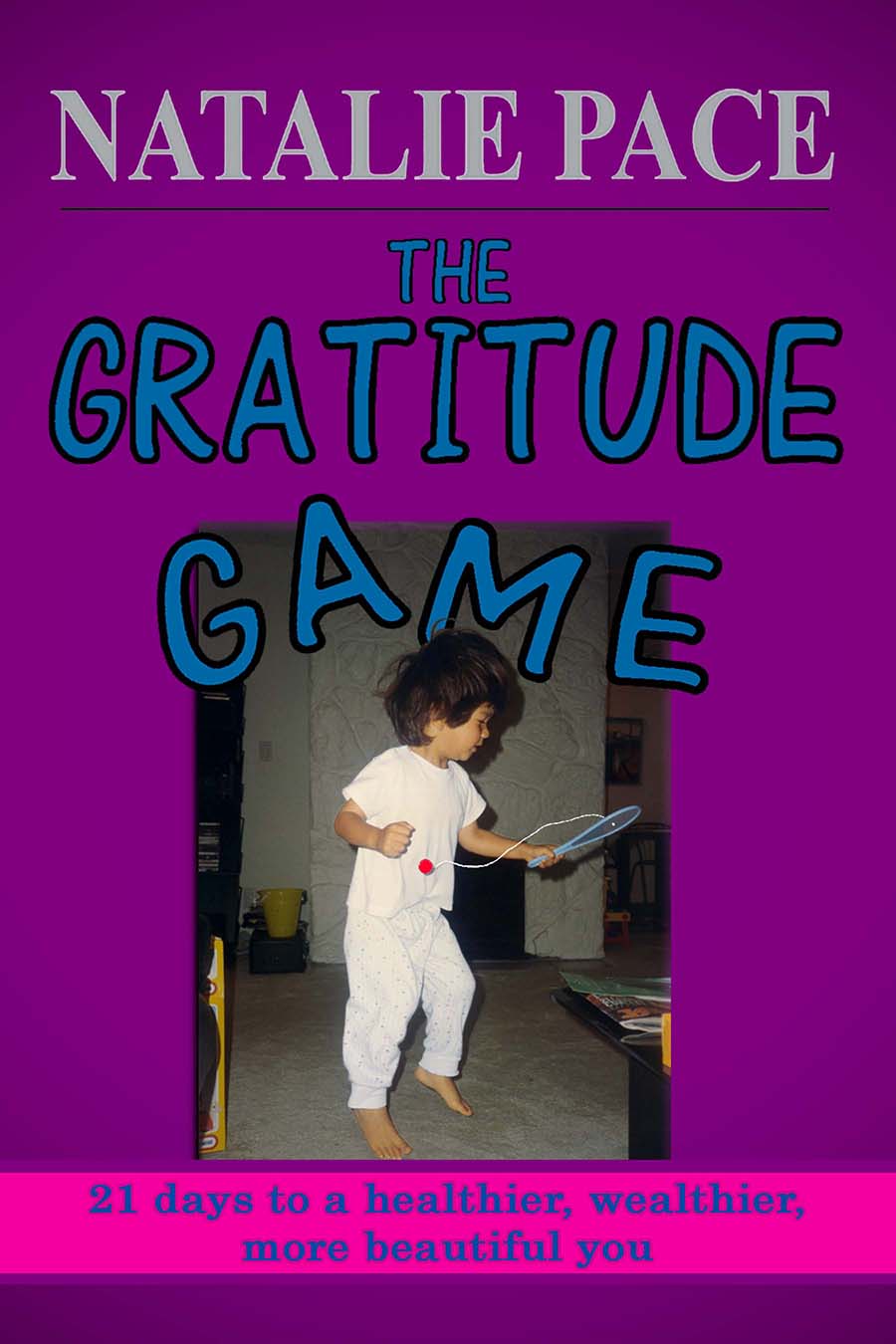
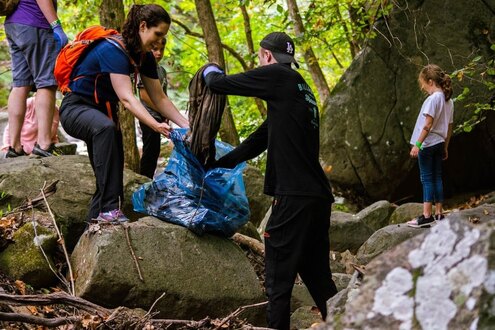
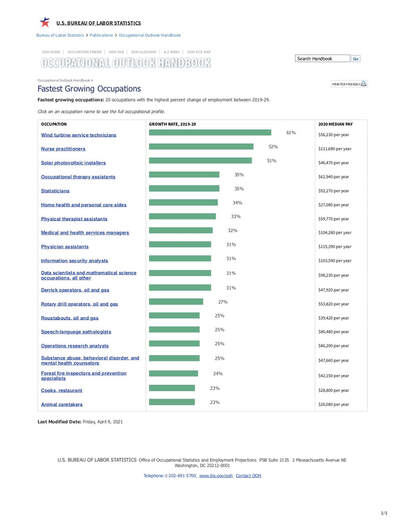
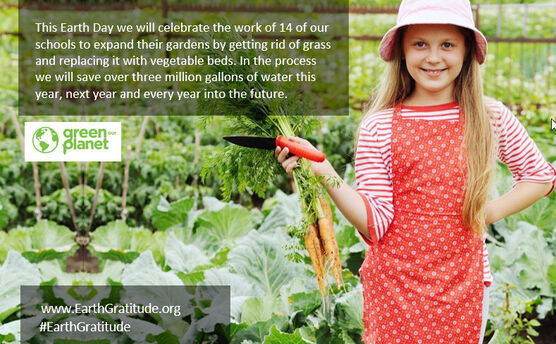

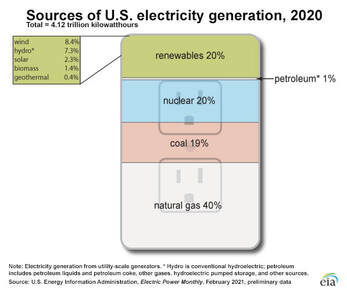
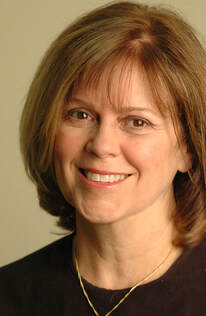
 RSS Feed
RSS Feed